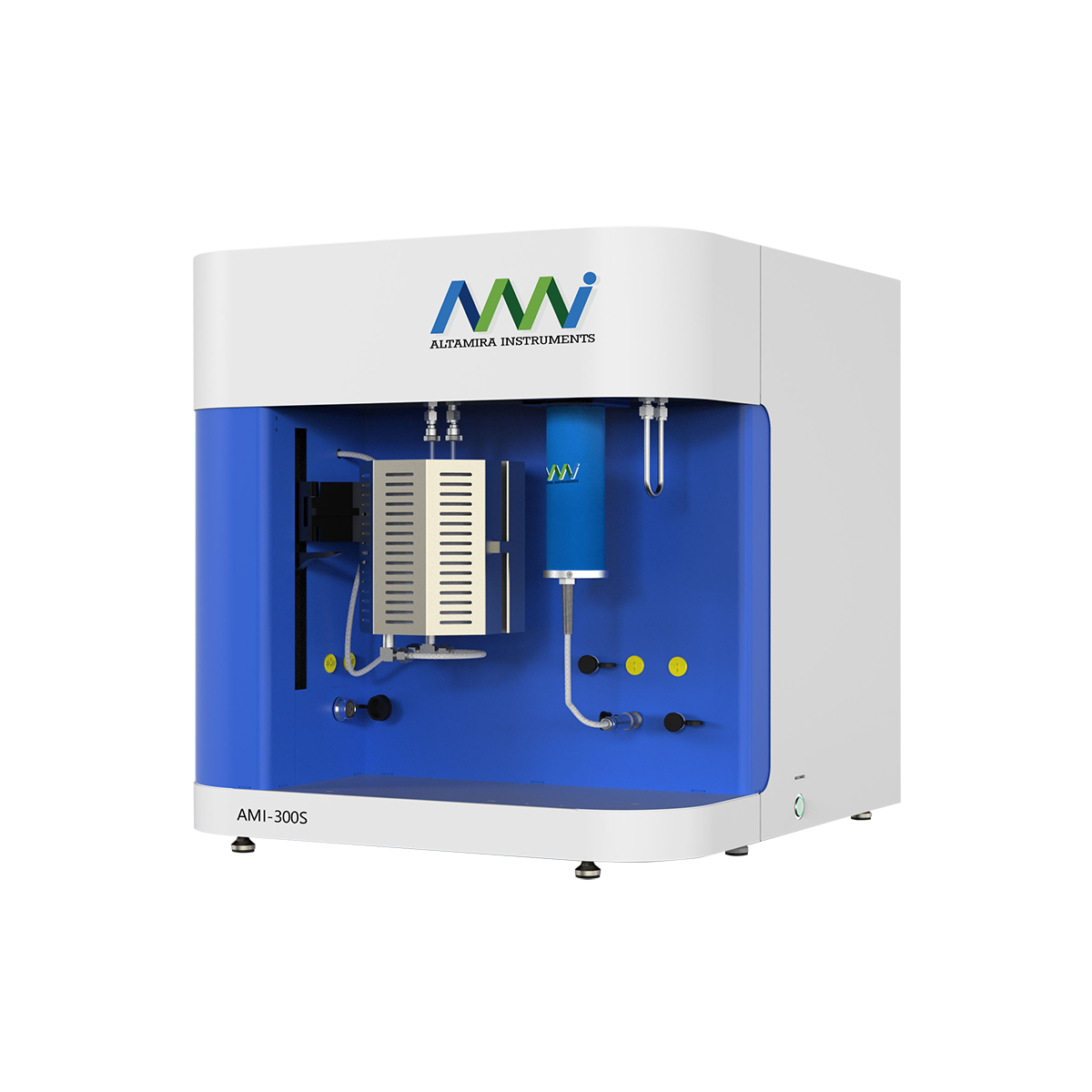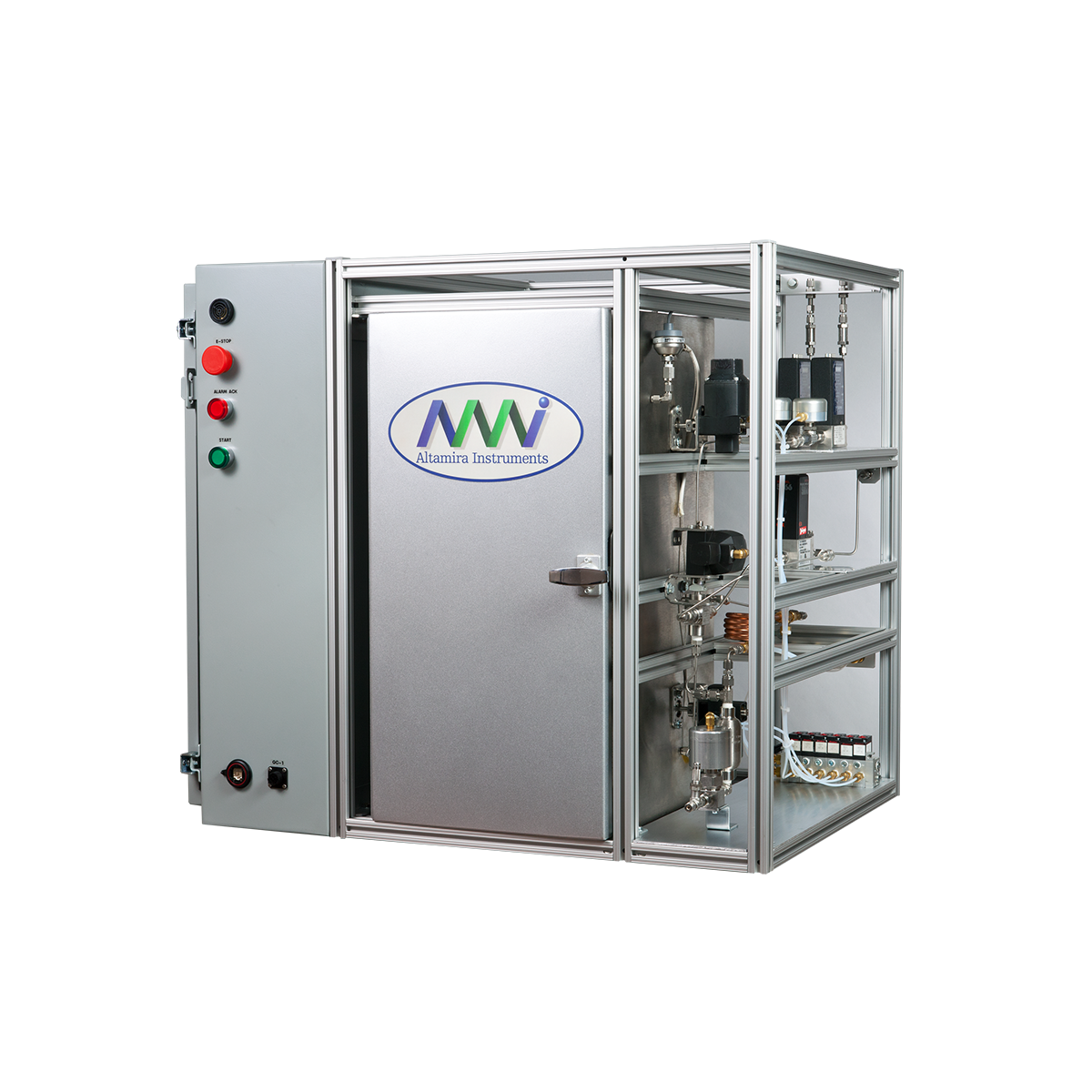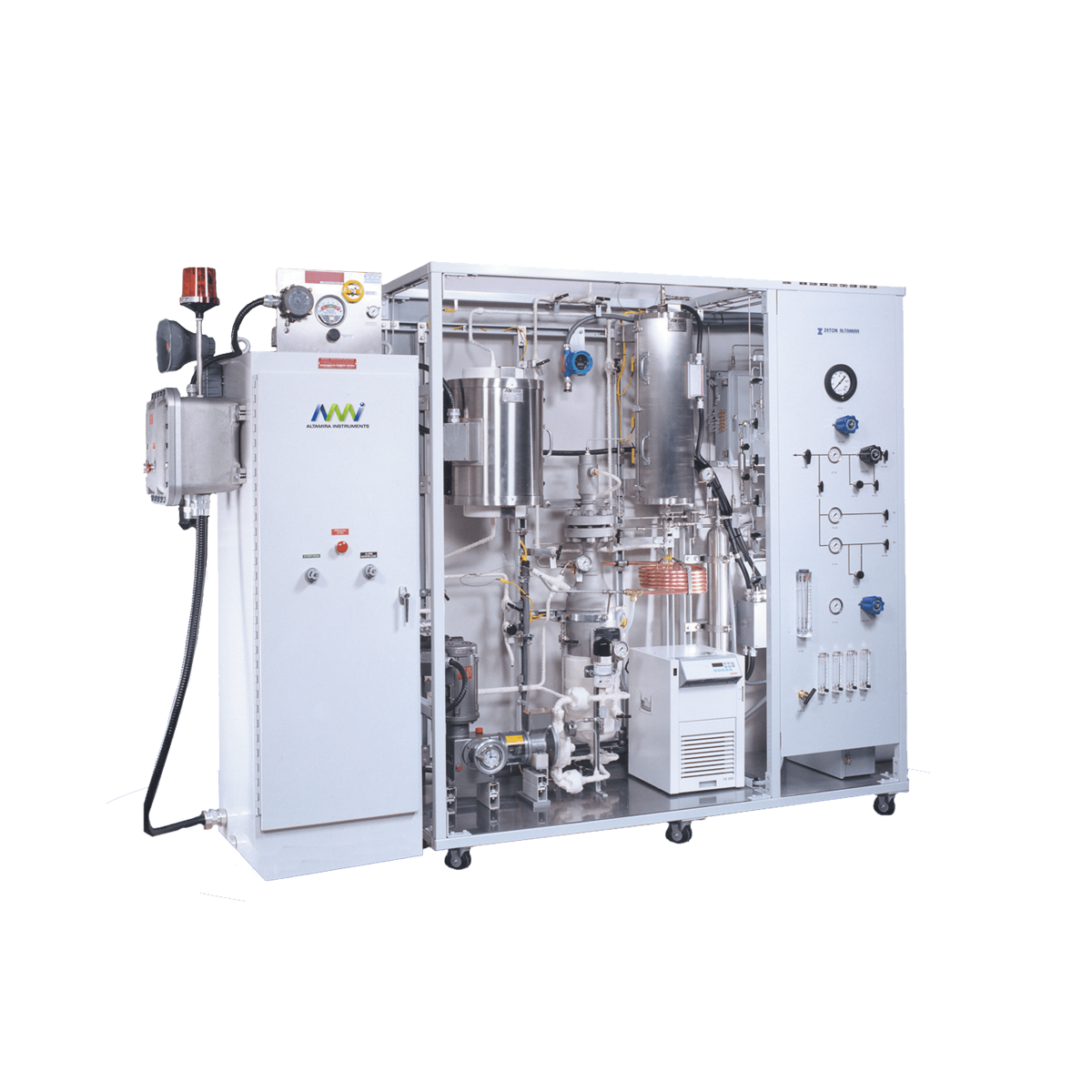Particularly difficult is the application of such combinatorial techniques to heterogeneous catalysts. To evaluate the performance of a catalyst one must look at a specific reaction and determine both the activity of the catalyst for the conversion of reactant(s), as well as the product distribution. In addition, we are seldom interested in initial conditions, but rather conditions after the catalyst has reached some sort of steady-state. Add to that the fact that most reactions of commercial interest are conducted at elevated pressures and it explains why so few examples exist using combinatorial techniques for discovering a heterogeneous catalyst. In reality the difficulties lie in the screening of the catalysts at somewhat realistic conditions.
One of the reasons for this slow progress has been the lack of automated instrumentation suitable for high throughput screening (HTS) of the catalysts. The small liquid-phase reactors used with homogeneous systems are not useful with heterogeneous catalysts and companies have been slow to develop their own technology. Altamira Instruments is now manufacturing the Celero, a state-of-the-art, multichannel fixed bed reactor for use in HTS applications of heterogeneous catalysts. Each CELERO module houses eight microreactors, i.e., channels or wells, operating in parallel. It was developed as a tool by Symyx Technologies for their in-house combinatorial catalysis research and has been exclusively licensed to Altamira Instruments for manufacturing and distribution.
Figure 1 shows the main components of a CELERO reactor module. A solid reactorblock houses eight radially-located wells into which reactor inserts are placed. The well volume can range between 0.5 to 10 mL allowing for catalyst weights between 0.05 and 1 gram. The eight wells are sealed with a single closure cap. Inlet and outlet connections are permanent and are located at the bottom of the reactor module thereby simplifying catalyst loading.
The core of the reactor is heated using a series of external band heaters thus assuring even temperature distribution, typically up to 600"C. A capillary-based, flow-splitting arrangement (not shown in the figure) is used to evenly distribute the incoming feed.
Control of the CELERO system based on a single PC in combination with other embedded controllers for pneumatics and temperature control. Symyx's Impressionist TM platform is used as the control software. Impressionist allows for the creation and editing of control routines. These routines may include defining and configuring the specific components (i.e., resources) of the reactor system, creating and modifying experimental actions, scheduling and timing experimental execution, monitoring of experiment execution via a text log-file, single-step execution control for debugging, and online help. Once defined, experiment execution is fully automated.
In a complete HTS reactor system one or more of the CELERO modules are integrated with other components as directed by the customer. A typical reactor may include, in addition to the CELERO module, a gas feed module, a liquid feed module, vaporizer, back pressure control, on-stream sampling valve, and an analytical system. The general specifications for the CELERO HTS reaction system are found in Table 1.
SOME TYPICAL TEST DATA
The unique radial design of the CELERO assures even heat distribution with minimal temperature gradients. The use of pressure-drop




